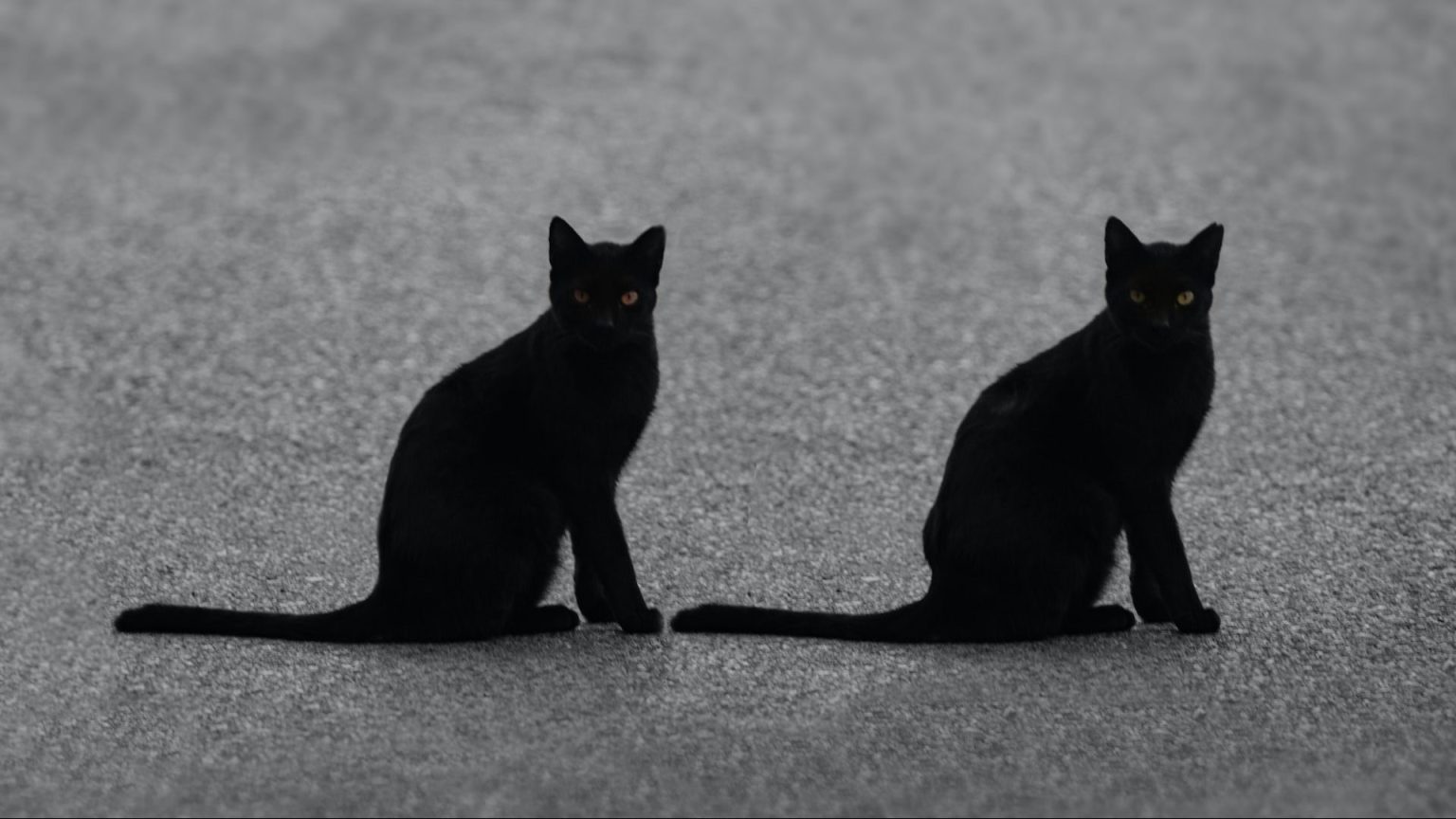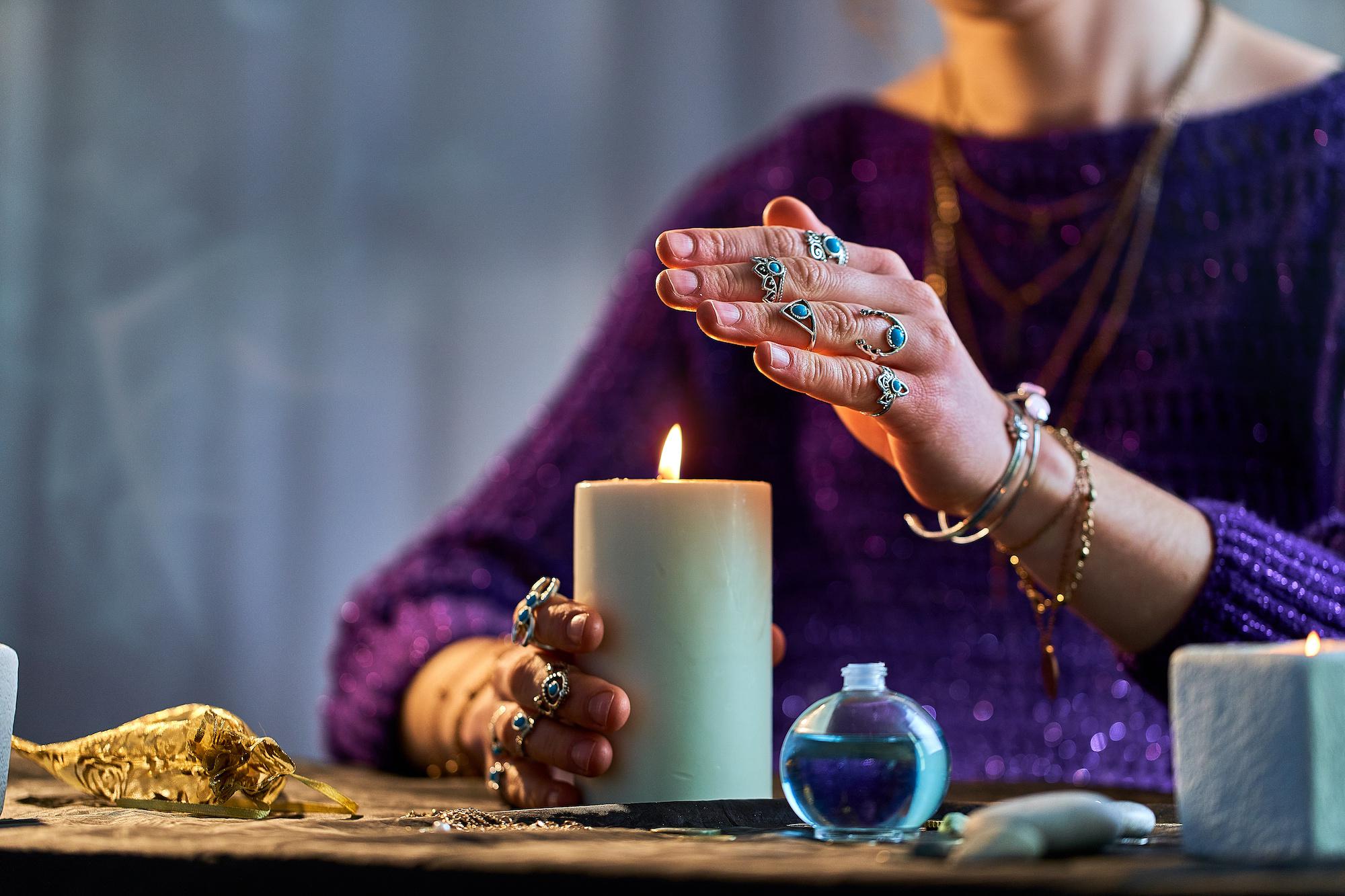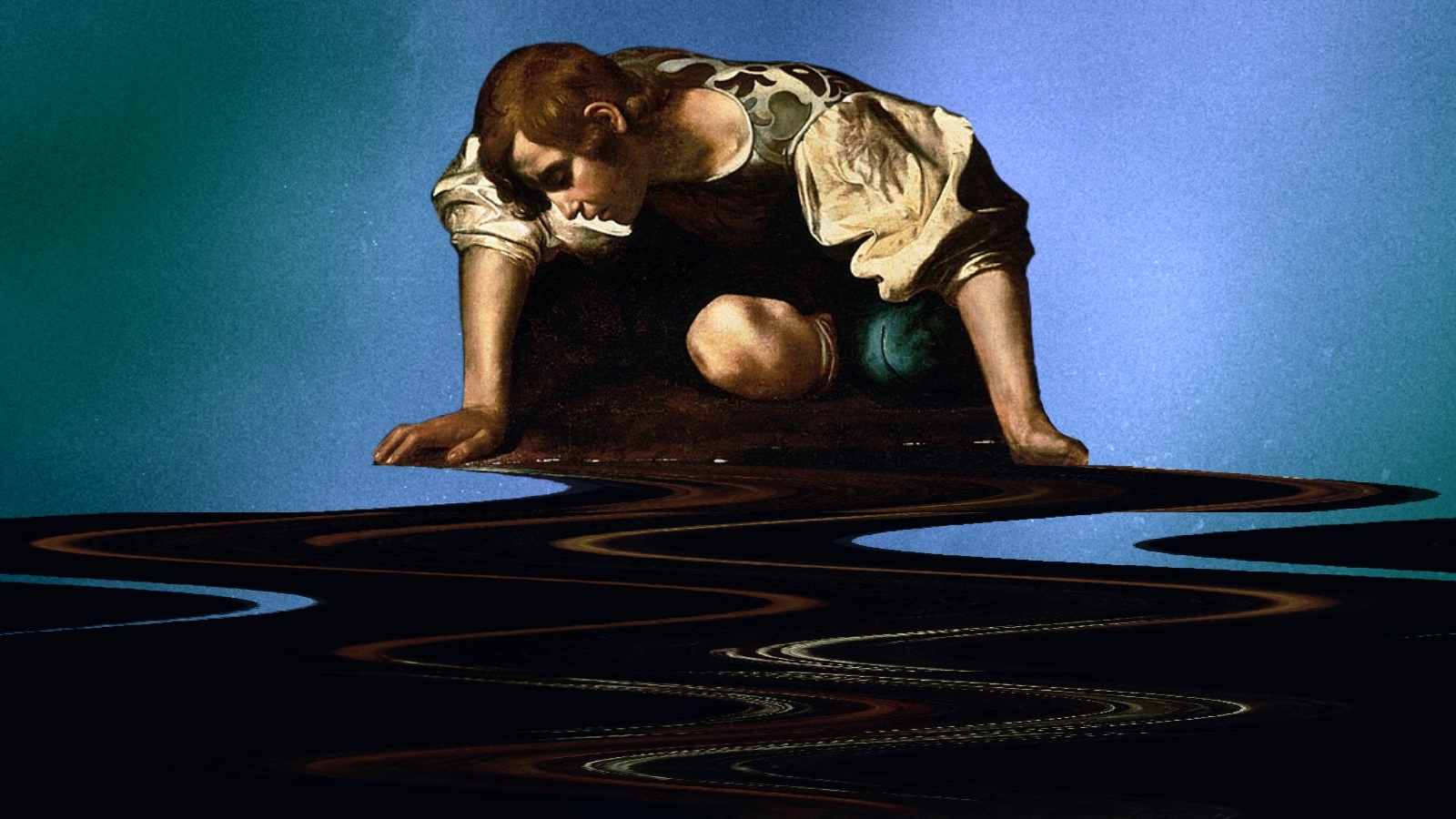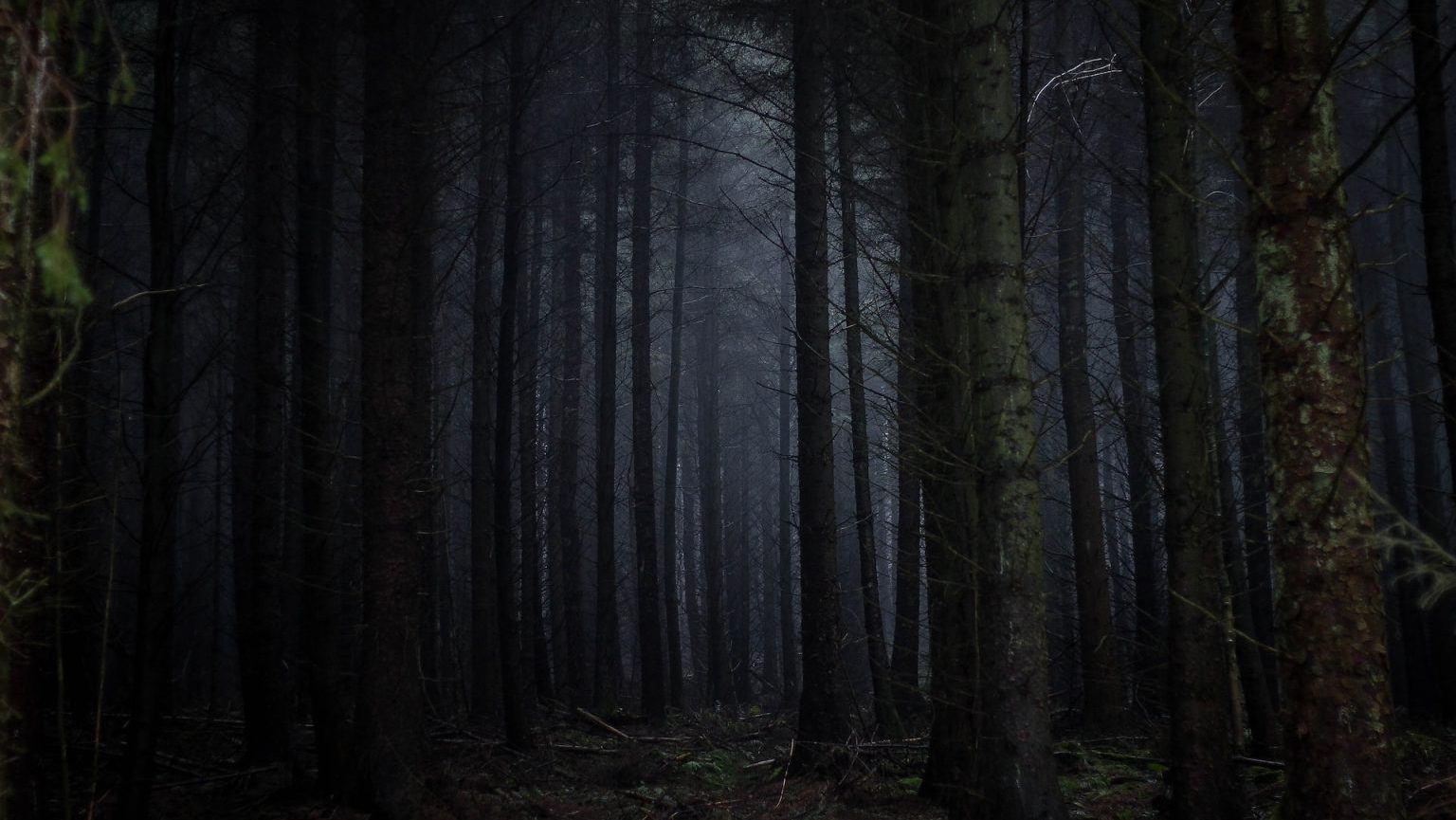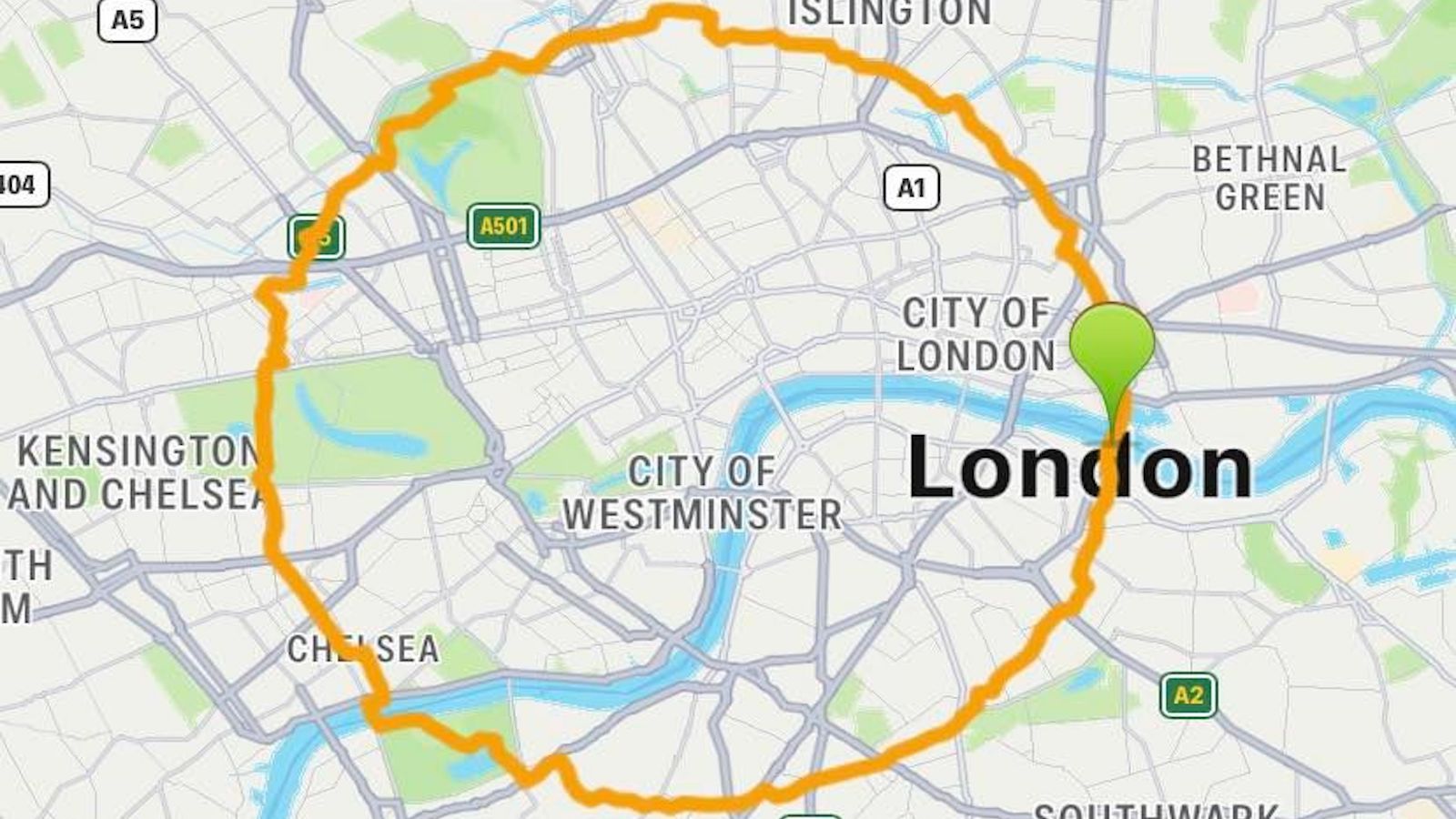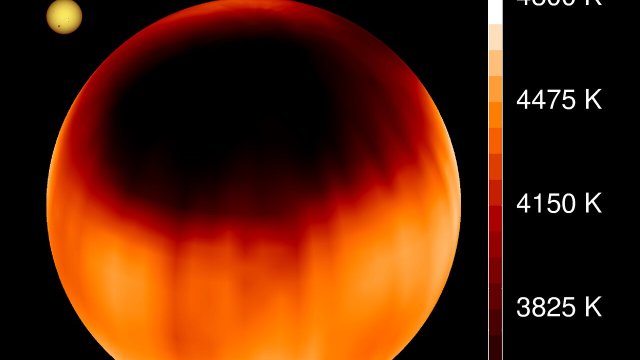Are “paranormal” experiences due to infrasound, gas leaks, and toxic mold?
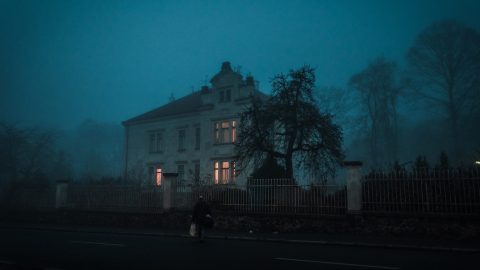
LONDON IS A GHOST HUNTER’S dream, dotted with potentially haunted sites like mass graves of plague victims and the pub where Jack the Ripper’s final victim was last seen alive. But in the early 2000s, one of its most reliably spooky locations was the front room of a ground floor flat in north London. People reported feeling a supernatural presence, dizzying sensations, and even abject terror. The apartment wasn’t the site of anything grisly or nefarious that could explain these experiences, though: It was part of a scientific experiment on external, physical causes of ghostly encounters.
For decades, skeptics have attempted to find scientific explanations for hauntings. Several of their theories have shown promise. In 1921, the American Journal of Ophthalmology detailed two cases of carbon monoxide poisoning in which the victims experienced psychological symptoms, including delusions and hallucinations. “The paper reads like a ghost story in places, and certainly throws light on the question of haunted houses,” reported the British Medical Journal that same year. More recently, the writer Carrie Poppy experienced a haunting that turned out to be a near-fatal carbon monoxide leak.
Gas leaks are far from the only potential culprit in hauntings. In the 1980s, engineer and computer scientist Vic Tandy found himself feeling dread and even seeing shadowy figures in his laboratory. In addition to being a scientist, he was a fencer. One day he brought his fencing foil into the lab and noticed that it was vibrating. He learned that a new ventilation fan had been installed; when the fan was turned off, the vibrations stopped, along with the spooky experiences. In 1998, Tandy published his hypothesis: Under the right circumstances, low-frequency sound waves below the bounds of human hearing, called infrasound, can cause people to feel and see ghostly presences.
In the early 2000s, Chris French, a psychology professor at Goldsmiths University (now retired), and Usman Haque, an artist and architect, had been discussing the possibility that hauntings are caused by infrasound, along with a hypothesis suggesting that some spooky experiences are the result of fluctuations in the Earth’s magnetic field, affecting the brain’s electromagnetic activity. French and Haque began to hatch a plan.
“The idea was, wouldn’t it be fun if these ideas are true? If we built an artificial haunted room where we induced these kinds of situations, playing around with infrasound and electromagnetic fields?” says French. “Long story short, we decided to do that.”
For several weeks, French and Haque took over the front room in Haque’s mother’s north London home. “We produced this kind of specially constructed circular chamber,” says French. The empty white room contained hidden devices to produce electromagnetic fields and infrasound. The researchers recruited 79 people to visit the room and see if they experienced anything strange.
Ethically, the researchers couldn’t just set people loose in a spooky place without any warning. To get informed consent, they told their subjects that they might be exposed to unusual patterns of electromagnetic activity, infrasound, both, or neither. As a result, they might have some “anomalous experiences.”
“Sure enough, quite a lot of people did,” says French. “Over a fifth of people reported a sense of presence. A lot of people reported feeling dizzy.” He adds that the long list of participant reactions included about eight percent who reported “terror, which we hadn’t really anticipated.”
The “haunted chamber” seemed to prove that electromagnetic fluctuations and infrasound made people feel frightened. “We were quite excited at first,” says French—then they noticed something spooky about the data. After analyzing the results, the team found it didn’t matter whether the electromagnetic field or infrared was on or off. Instead, people’s anomalous experiences correlated with how suggestible they were, based on their responses to a survey that was part of the experiment.
“The most parsimonious explanation is, if you say to some people, ‘If you go into this space, you might have some weird experiences,’ the more suggestible ones will report that will happen,” says French. According to the study, infrasound and electromagnetic weirdness are less likely to cause ghost sightings than simply telling someone that they might see a ghost. “Which is interesting from a psychological point of view, but it would have been much more exciting to have got results relating to magnetic fields,” says French.
While the “haunted chamber” is a strike against infrasound and electromagnetic fluctuations as the causes of ghost sightings and eerie sensations, potential environmental factors in hauntings continue to draw the interest of researchers.
Shane Rogers, a professor of environmental engineering at Clarkson University, was inspired to study haunted places by his family’s experience with mold. When exposed to allergens, including mold, his children seemed to become irrationally angry or fearful.
Rogers seemed to be onto something. Anecdotal evidence, including a 2019 study on workers in a Finnish hospital with a mold problem, shows there may be a correlation between exposure to the greenish black mold Stachybotrys chartarum and neurological impairment. A 2021 study showed that mold inhalation caused neural, cognitive, and emotional problems in mice.
“I always thought it’d be really interesting to just test in haunted places and see what’s going on with the mold, and see if we can find a link there,” says Rogers.
Rogers and his students turned to ghost hunting TV shows for a list of haunted places to investigate. In the 2010s, they investigated around two dozen sites: a combination of places that were purportedly haunted and not. They sampled the air in each of their research sites to ascertain the size and quantity of particles present in the air. “It doesn’t identify, specifically, mold spores, but at least tells you what might be present that’s inhalable,” says Rogers.
Some scary stories simply defy explanation.
Rogers’s study has not yet undergone peer review, but his initial results are intriguing. “There is definitely a significant difference between mold presence in haunted places versus not-haunted places,” says Rogers. Based on analyzing particulate sizes in the samples, he says, “We have roughly five to six times more mold spores showing up in places that are reported haunted.”
While environmental factors such as toxic mold, infrasound, carbon monoxide poisoning, and electromagnetic fluctuations are tantalizingly concrete explanations for paranormal experiences, French remains skeptical. He suspects such external influences account for a very small number of cases, if any; more likely explanations include sleep paralysis, false memories, and even hallucinations, which French notes “are much more common amongst the non-clinical population than is generally appreciated.”
This explanation, that “hauntings” are quirks of neurology and psychology, is perhaps even more unsettling than the idea that they’re caused by the environment around us. While toxic mold or a carbon monoxide leak are certainly cause for concern, if they’re the culprits behind strange things we experience, we can rest easy in the knowledge that something “real” is happening, that we’re not “crazy.”
But sometimes, environmental causes like those explored in the “haunted chamber” and neuroscience-driven hypotheses both fail to explain supernatural encounters. Some scary stories simply defy explanation, French says. “We’ve got to just be humble enough to admit that we can’t explain every single case.”
This article originally appeared on Atlas Obscura, the definitive guide to the world’s hidden wonder. Sign up for Atlas Obscura’s newsletter.
